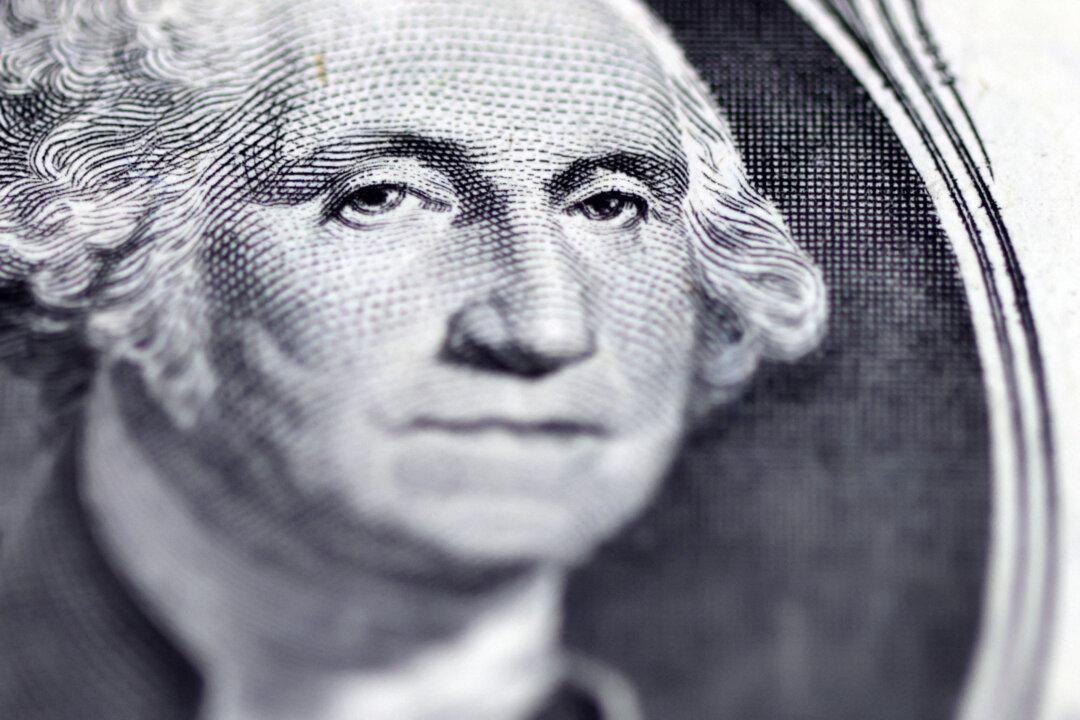The development of central bank digital currencies (CBDC) has accelerated in 2022 and is heading into 2023. Critics are worried, however, that the increasing adoption of CBDCs might trigger liberty and privacy concerns, as there’s no limit to the extent of control the government could have over its citizens. Despite these concerns, central banks intend to digitize their currencies within the next decade.
The Federal Reserve Bank of New York recently launched a 12-week pilot program with nine major financial institutions, including Citigroup, Mastercard, and Wells Fargo, to experiment with a CBDC and a proof-of-concept digital money platform called the Regulated Liability Network.





